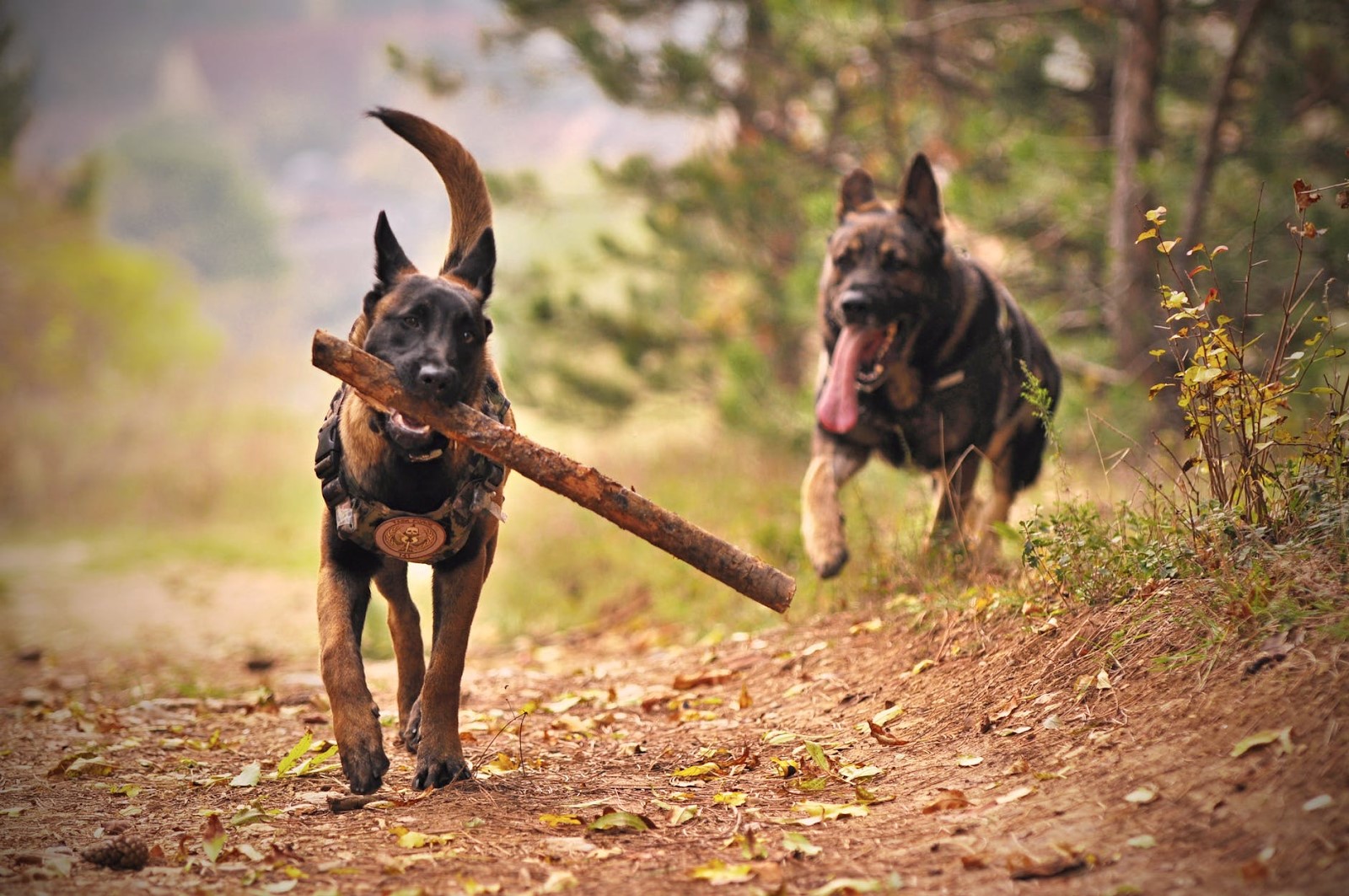Are you in search of an ideal dog BMI? Keep reading this article.
We all want our dogs to be strong and healthy so they can live and enjoy their lives to the fullest. And while dogs are perfectly capable to fend and survive on their own, they will never be in great shape if there are no people taking care of them!
If you are reading this article, you are probably wondering about your dog’s current weight and if it is still healthy or already at risk. This is why it’s important to know your dog’s body mass index or BMI right from the start. The BMI will help you determine whether your companion is overfed, underfed, or fine just the way he or she is.
With the right information, you can change your dog’s life tremendously and it will thank you for it!
Table of Contents
Calculating your dog’s BMI
Just like a human’s BMI, the primary goal of a dog’s BMI is to find out if the dog’s current weight is appropriate for their age and body type, but unlike the human’s BMI, a dog’s BMI is calculated through weight to height or WTH ratio, not weight in kilograms. This is because dogs are quadruped and have substantial differences from each other.
You can do BMI calculations yourself. All you need is a tape measure, a weighing scale, and your computation skills. The process is as follows:
- Gauge the dog’s weight with a weighing scale
- Measure the dog’s height using a tape measure from the ground to the torso
- Divide weight by height to come up with your dog’s BMI
So, how is BMI interpreted for dogs?
The WTH gives off the answers. If we’re going for a 5-point scale, a dog is 10% overweight if 3.5 is its WTH ratio. A 3 is an ideal dog BMI in this matter.
Dogs with a 4 to 5 WTH ratio require a more regulated diet and exercise program. They also tend to need specialized joint supplements to aid their continuous recovery.
Despite this, know that every dog is not the same. Some dogs are naturally heavy-weighing because of their muscles, while some have too small of a WTH because they are tiny and cannot grow any bigger.
With that said, an ideal BMI for a dog depends on the breed. To further ensure that you are getting accurate results, consult a veterinarian or a dog BMI specialist. You can also determine the next steps to take such as a new diet or other routines if you’ll go for them.
You may like reading: Mini Golden Mountain Doodle Guide
Obesity and malnutrition in dogs
A dog’s habits are a reflection of the owner’s lifestyle. A large, stocky dog who is obviously struggling with its weight usually has owners who are unaware that their practices are greatly endangering their dog’s overall health and life – no matter how loving they seem.
In the US, there is a staggering rate of overweightness and obesity in humans! And since most Americans have a dog one way or another, it is not far off for this trait to get transferred to dogs. The problem here is that dogs can never control how large or emaciated they will be. We, the owners, are solely responsible for them.
As upsetting as it is, the mistreatment of dogs is still prevalent worldwide. One factor of dog abuse is not feeding them properly or turning them into strays. This leads to them being underweight which is as much of a hazard to their health as being overweight.

Steps to maintain an ideal dog BMI
Now that you have your dog’s BMI then it’s time to work! It does not matter if your dog is currently fine as per findings, you still need to come up with a plan and stick with it to avoid your dog from being obese or malnourished!
Diet
First on the table is a diet that if done exceptionally will benefit the rest of the steps of maintaining a dog’s ideal BMI. With the help of your research from helpful pet blogs or your veterinarian, come up with a diet that suits your dog’s needs. If your canine is overweight then cutting down on food intake should be in order. Suddenly taking away food during their designated meal times could be stressful for dogs so take things slow.
Quantity does not equate to quality so ensure that the smaller food intake you will be giving is still very nutritious and ample enough to get them through the day. Underweight dogs also need a diet to increase their mass and bring them back on a healthy track. And just like we’ve said before, quantity does not mean quality so giving more food does not mean it’s nourishing for the dog. A good diet paves the way for easier exercise.
Physical exercise
Dogs tend to become slower as they age. While they’re still young, make sure that they are getting a sufficient amount of exercise regardless of their weight. Walking outside, playing with other dogs, or letting them roam around the house can be forms of exercise.
If a dog is obese then it might need a stricter exercise routine. The same goes for underweight dogs who have to build up muscle and healthy fat to recuperate successfully.
Mental exercise
It is also essential to keep your dog’s cognitive functions sharp as they could have a hard time sticking to diets and exercise routines if their minds are not conditioned enough. It doesn’t need to be something drastic. You can try stimulating your dog’s mind by giving them jobs such as easy fetch of an object, teaching them a new trick, or by introducing them to other dogs for socialization.
Nowadays, plenty of treat dispensers and different interactive toys are available that help stimulate the dogs’ minds. Or you may also make some of them using spare items at home.

There are no questions about your abilities as an owner, but retaining your dog’s ideal BMI can be challenging, especially if the dog is in a severe condition. We recommend getting a trainer if things get tough!
Related: Destructive Chewing in Dogs & Dog and Tail Chasing
In conclusion
Indulging our dogs is one way of showing our love to them, but too much of it could cause health problems such as obesity. If we truly adore them then we should be mindful of the things we put in their bowls or the frequency of exercise that they get.
A BMI, while helpful, generally only gives a rough calculation of our dog’s current weight status. No owner is perfect, and a dog will not suddenly contract problems if you slip a little bit of the ideal BMI, so don’t beat yourself too much. If there are lapses, just get back into the game!
A little helpful tip: Make the image of your dog running around without excess fat or unnaturally bony structure for your inspiration! That should help you devote yourself to the ideal BMI routine for your dog!
Recommended read – Australian Cobberdog Facts










